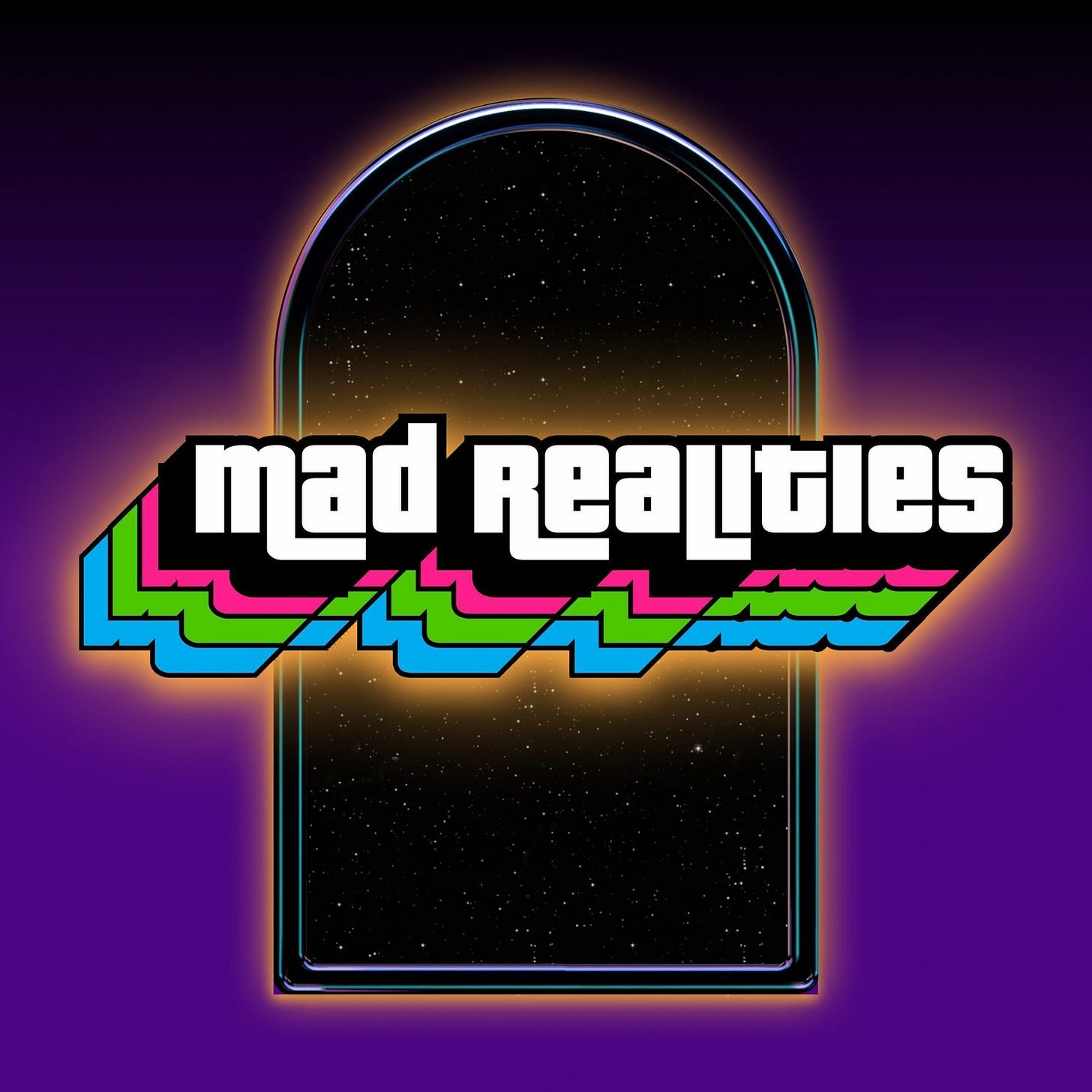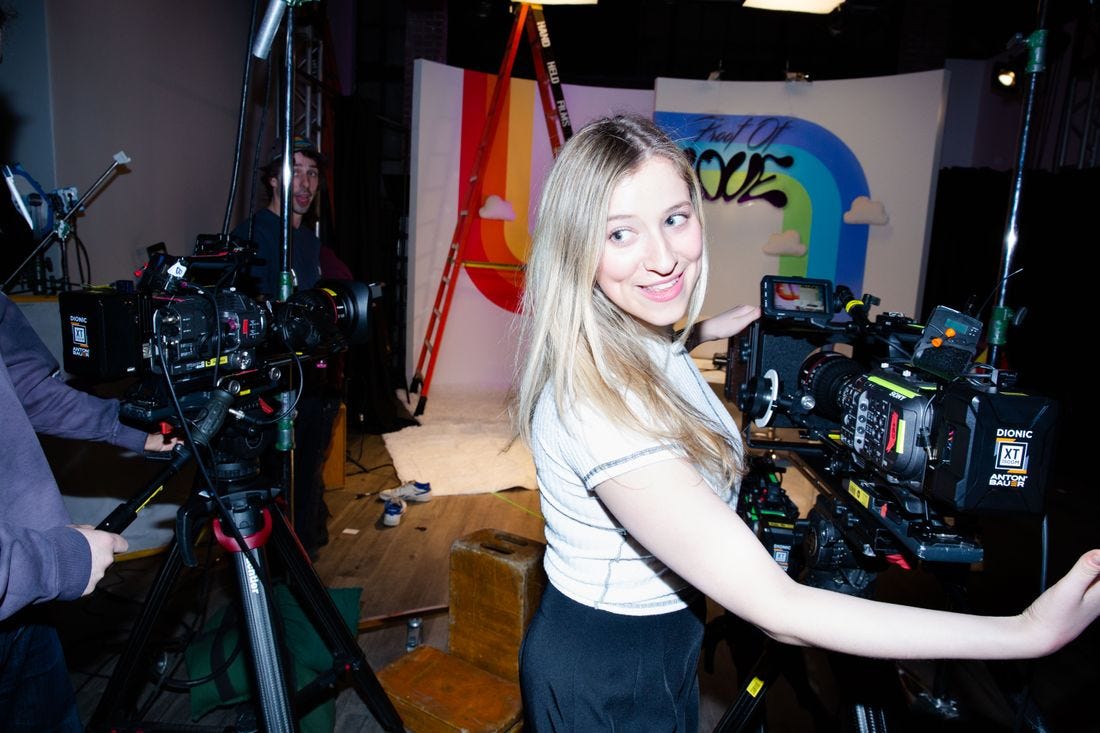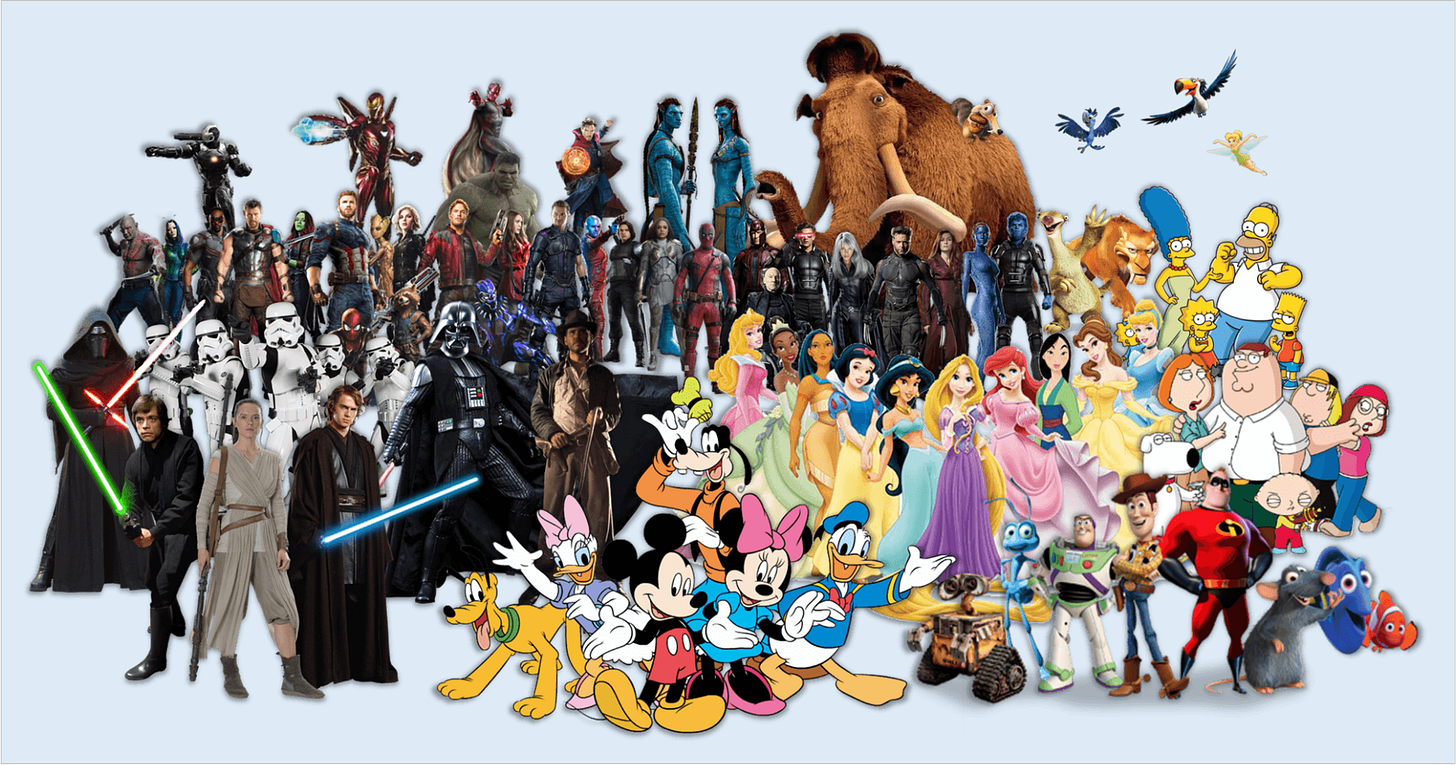User-generated content has become the lifeblood of our digital driven, internet world the author claims here. Text, audio and video are all formats for creator content and defies traditional categorization. This is changing very quickly. The blockchain is speeding it up as it offers ever new possibilities of interfacing – it is Web3.0 world.

UGC exploded alongside the internet. In the 90s, online bulletin boards turned to the public to aggregate information on specific topics. One bulletin, for instance, asked people to fill in information on films, actors, directors, cinematographers, and so on; it was eventually turned into IMDb, which was scooped up by Amazon in 1998. Wikipedia was founded in 2001 and pioneered a new form of crowdsourced knowledge, much to the chagrin of my middle-school teachers.
UGC really took off in the mid-2000s, at the dawn of web2—the “social web.” In 2006, TIME Magazine announced its person of the year—“You”—signifying the rise of user-generated content powering emergent platforms.

Those platforms went on to become some of the biggest businesses in the world. I tend to think of a “Big 3” for broadcast platforms: YouTube, Instagram, and TikTok. (I leave out Facebook Big Blue, as it’s less a discovery-driven content platform and more a utility with a closed social graph and aging user-base.) In a single “internet minute” on those three platforms: YouTube users stream 694K hours of video; Instagram users share 65K photos; and TikTok users watch 167M videos.
None are standalone businesses, of course: YouTube is part of Alphabet, Instagram is part of Meta, and TikTok is part of Bytedance. But analysts estimate YouTube would have a $300-500B market cap as a standalone company, with Instagram likely in the ~$200B range. This year, TikTok is on pace to do more in revenue than Twitter and Snap combined. (Twitter and Snap, for what it’s worth, are part of a second tier of content platforms clustered in the $20-50B market cap range. I’d also throw Pinterest into that bucket.)
The bottom-line is: UGC platforms are enormous, and arguably the best business model to emerge from the web2 era.
What if the next generation of user-generated content—for the next generation of the internet—is user-owned content? UOC, perhaps 🤔 The crowd not only creates the content, but owns it, sharing in economic upside all orchestrated by blockchain. In this future, a platform to power UOC would be massive.
Enter Mad Realities.

On the surface, Mad Realities is a crypto-powered interactive dating show—in some ways, The Bachelor for blockchain. It sounds silly, trivial, easy to dismiss.
But underneath the hood, Mad Realities aspires to be something more: a platform for user-owned content. YouTube for web3.

Let’s start with what Mad Realities is today: The Bachelor, but community-funded and community-owned. What does that mean? Here’s the origin story:
Devin Lewtan and Alice Ma are fluent in the languages of both tech and culture.
Devin was the breakout star of “NYU Girls Roasting Tech Guys”, a viral show on Clubhouse during the pandemic. After the show’s success, Devin signed with the talent agency WME. She’s also a talented software engineer.
Alice—also an engineer by training—was a core contributor to ConstitutionDAO, the grassroots movement that raised $45M in ETH in seven days to bid for a copy of the Constitution. ConstitutionDAO has arguably done more than any other project to push crypto into the mainstream.
Devin and Alice were frustrated that crypto was insular, complex, and intimidating. Crypto had bled into finance, art, and gaming, but crypto hadn’t truly come to disrupt media or culture, and it certainly wasn’t yet mainstream. They set out to change that.
Mad Realities was born as an on-chain version of “NYU Girls Roasting Tech Guys”—a way to build on the momentum of that show with a dating show fully built on crypto rails. Devin and Alice started by launching a crowdfund on Mirror. Holders of Mad Realities NFTs would be able to help cast the show, design wardrobes for contestants, and determine plot lines. Tokenholders would effectively help produce the show.

Devin and Alice beat their goal of 150 ETH, altogether raising north of $500K from 437 NFT holders.
They hired Adam Faze, a producer at Annapurna Pictures, the studio behind Her, American Hustle, and Zero Dark Thirty. Then they got to work planning the show, which would shoot in New York City in March and April.
The show’s name, Proof of Love, is a play on “proof of stake” and “proof of work” (mechanisms for how transactions are processed and verified on blockchains). So far, Proof of Love has released four episodes.

With many crypto startups, there’s an elephant-in-the-room question: “Why does this need to be crypto?” Many web3 companies don’t, in fact, need to be built on web3, and the current iteration of Mad Realities is no different. In theory, Proof of Love could be stitched together with a Kickstarter and a group chat.
But Devin and Alice have a bigger vision for what Mad Realities can become. They want to build out an underlying protocol and a distribution platform on top of it, allowing any person or community to create permission-less UGC. With this vision, they’ll lean into what makes blockchain uniquely important. They hope to use the building blocks of web3 to help creatives directly see upside from the success of their work and have a more intimate relationship with their audience.
Today, audiences have never had more power in distribution or creativity: we’ve seen TikTok’s algorithm expand who can achieve fame; Twitch’s livestreams reinvent parasocial connection; and companies like HQ Trivia pioneer new forms of interactive media. But audiences have no ownership or upside. Mad Realities hopes to change that.

One of my steadfast beliefs for web3 is that it needs to be (mostly) invisible to your everyday person. No one wants to understand what a blockchain is, or try to parse out the difference between fungible and non-fungible. I wrote about this in Most People Won’t Know Web3 Exists. This is especially true for a consumer-facing crypto media company.
Long-term success for Mad Realities, in my mind, means creating a frictionless user-experience for content creation, governance, and economic splits that abstracts away the complexity under the hood. Upvoting content should be as easy as upvoting on Reddit. Contributing to a show should be as easy as using your credit card or Apple Pay. Payouts should flow directly to your bank account.
Last week, Ben Thompson had a great interview with Adam Mosseri, the CEO of Instagram. I particularly agree with one thing Ben said:
The stack should be 98% Web2 technologies and like 2%, or actually probably more like 0.2% on-chain. People, when they talk about blockchain, you only want to use it for what it is uniquely suited to do, and what it is definitely uniquely suited to do is to be a neutral arbiter between platforms where it is the one place you can go that no one controls, no one touches, and you can stick a token there and that token has the minimum amount of information necessary.
Blockchain is uniquely good at very specific things, but also uniquely bad at some things that web2 is probably “good enough” for. To extend Ben’s point to Mad Realities, you can envision an intuitive and approachable UI for upvoting content and contributing to production, then sharing in production decisions and economic flows. A good amount of the infrastructure might resemble much of today’s web2 plumbing, with the key distinction that tokens live on-chain. No one can take away your ownership in a piece of content.
Adam Mosseri made a similar point around creator communities. He envisions every creator having only one online audience, orchestrated through token ownership. The problem today is that creators have to build up an audience on Instagram, for example, then port it over to YouTube or Twitter. If any of those platforms wants to remove you, *poof*—your audience is gone.
In Mosseri’s vision of the future, a creator would have only one community that lives on-chain and that plugs in seamlessly to each platform. In his words:
If we can get both YouTube and Instagram to honor that same protocol for a Passport token or a membership card token, then you can OAuth on both sides, and then not only could you bring your subscriber base with you, but everyone who subscribes to you would have to do so only once, and that’s also powerful.
These are fascinating concepts. To the everyday person, subscribing to a creator will hopefully look no different. On Mad Realities, owning a piece of the governance and economics for a show will hopefully be astonishingly easy and fast. But behind that front-end is a direct and immutable on-chain transaction that obfuscates the need for intermediary platforms. You control your audience and your content.
The path to onboarding 1 billion people to crypto probably looks like a combination of Mosseri’s vision and what Devin and Alice are building. It boils down to culture—and at the end of the day, content powers culture.
When Walt Disney sketched out his company’s strategy in 1957, creative output of content sat at the center:

And even as distribution changes for Disney—Disney+ instead of movie theaters, for instance—content continues to be front and center. Disney has bolstered its content arsenal to maintain its moat:
- 2006: With its $7.4B acquisition of Pixar, Disney got Woody & Buzz, Mr. Incredible, and Nemo.
- 2009: With its $4B acquisition Marvel, Disney added Iron Man, Captain America, and Thor.
- 2012: By buying Star Wars for $4.1B, Disney brought Darth Vader and Luke Skywalker into the family.
- 2019: And the $71B purchase of Fox added The Simpsons, Family Guy, and Avatar to the House of Mouse.

IP is the foundation for Disney’s next chapter.
But what if the next Stars Wars isn’t created by George Lucas, but by a group of people on the internet? What if the next Marvel isn’t the brainchild of Stan Lee, but is crowdsourced by thousands of tokenholders? What if Pixar fans could vote on the next Pixar character, and reap the rewards of that IP’s profit?
What if the next Bachelor isn’t created by ABC, but by 437 tokenholders?
Of course, there will always be great stories and worlds dreamt up by people like Lucas and Lee. Those people are few and far between. But crowdsourcing creativity will crowd in more incredible content. We’re already seeing this start to happen with CC0 projects, and with NFT projects that tie in IP ownership rights like Bored Apes.

Mad Realities is an experiment—and only time will tell if it works—but it’s a bold experiment. While most of crypto focuses on the realms of finance and art, Mad Realities tackles Hollywood head-on. Today’s power structures concentrate power at the top—in a handful of studio executives in LA and NYC skyscrapers. UGC has begun to change this, but UGC is lacking great monetization; most of the pie is hoovered up by the platforms.
Mad Realities wants to invert the pyramid. Mad Realities envision a world where rather than UGC populating our digital realms, we get UGC with property rights—UGC with better economics and governance. UGC that accrues value to creators rather than to platforms. Content that isn’t only user-generated, but user-owned.
Although the material contained in this website was prepared based on information from public and private sources that Fluxhighway.com believes to be reliable, no representation, warranty or undertaking, stated or implied, is given as to the accuracy of the information contained herein, and Fluxhighway.com expressly disclaims any liability for the accuracy and completeness of the information contained in this website.
Via this site: https://digitalnative.substack.com/p/mad-realities-and-the-rise-of-user?s=r

